
Advertising & Brands
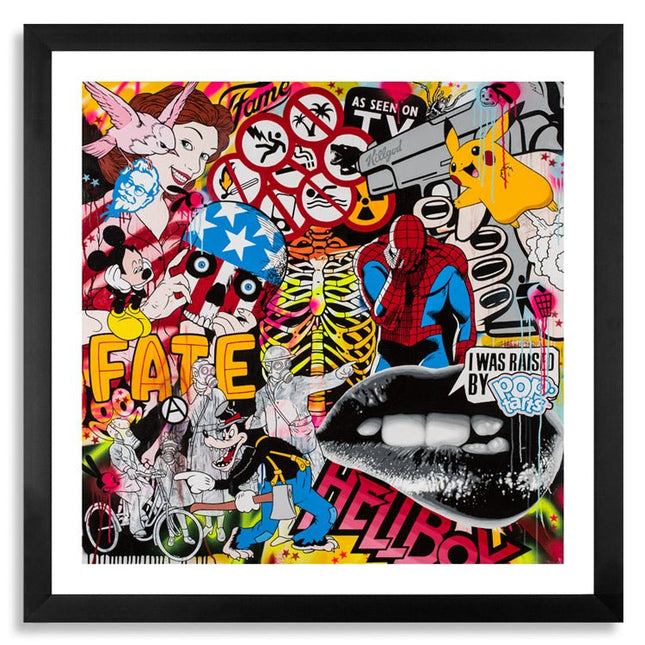
Ben Frost Know Your Product Blotter Paper Archival Print by Ben Frost
Know Your Product Blotter Paper Limited Edition Archival Pigment Print Art on Perforated Blotter Paper by Ben Frost pop culture LSD artwork. Australian contemporary artist Ben Frost is best known for his bold, irreverent Pop Art. His instantly recognizable take on pop culture twists up everyday iconography from the world’s biggest brands. Subverting meaning and messages from the mainstream media, Frost’s scything commentary on advertising, entertainment, and politics is both confronting and controversial. The essence of Frost’s commentary is established on the basis of subverting the meaning and the messages, promoted by the mainstream media. In other words and, as he has stated in the past: “The less you fill your mind with the trappings of advertising and bad television, the more space you have in your brain for things of value”. At the same time, his take on modern pop culture is equally compelling. Mainstream media, advertisements, and politics can be identified as some of his main fields of interest, which he utilizes and mixes up in a controversial formation. The word controversial is not used incidentally. What Ben Frost’s art is doing is, essentially, the appropriation and weaponization of imagery against the same system that gave birth to it.
$422.00
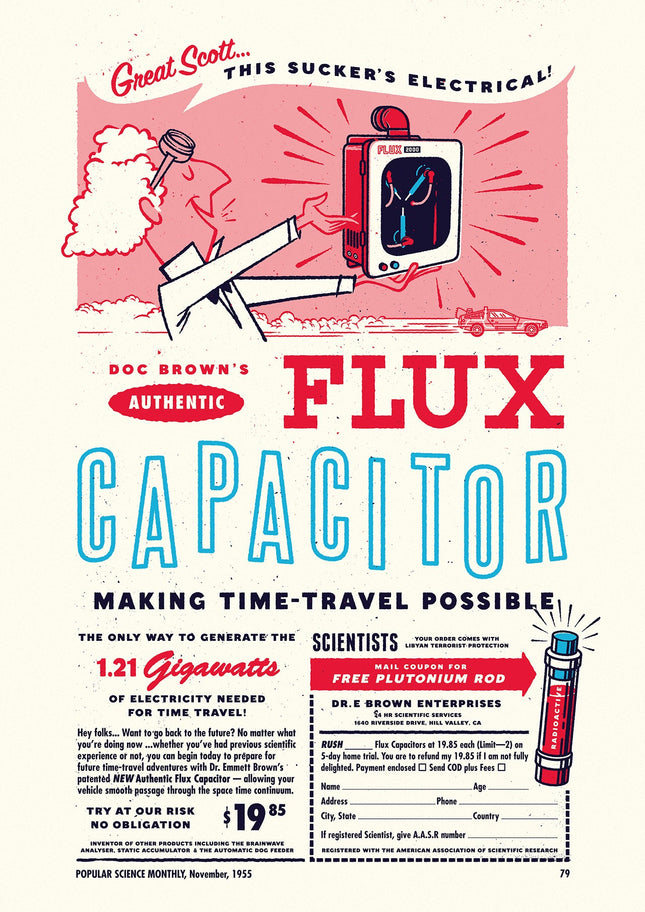
Timba Smits Flux Capacitor Ad Giclee Print by Timba Smits
Flux Capacitor Ad- 1.21 Gigawatts Artwork Giclee Limited Edition Print on Fine Art Paper by Pop Culture Graffiti Artist Timba Smits.
$209.00
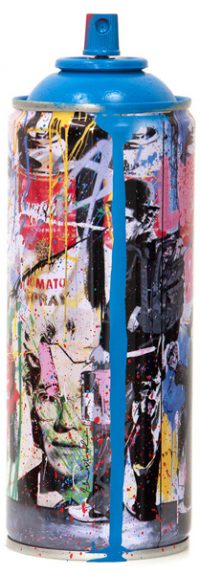
Mr Brainwash- Thierry Guetta Just Kidding Cyan Spray Paint Can Sculpture by Mr Brainwash- Thierry Guetta
Just Kidding- Cyan Limited Edition Spray Paint Can Sculpture Artwork by street artist graffiti & pop culture legend Mr Brainwash- Thierry Guetta. 2020 Signed & Numbered Limited Edition of 150 Artwork Size 3x8 Signed Via Thumbprint & Numbered With Custom Display Box. Ultra rare and very cool Mr BRainwash limited edition spray paint can artwork collectibles.
$400.00
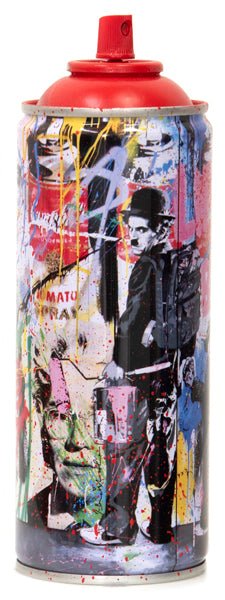
Mr Brainwash- Thierry Guetta Just Kidding Red Spray Paint Can Sculpture by Mr Brainwash- Thierry Guetta
Just Kidding- Red Limited Edition Spray Paint Can Sculpture Artwork by street artist graffiti & pop culture legend Mr Brainwash- Thierry Guetta. 2020 Signed & Numbered Limited Edition of 150 Artwork Size 3x8 Signed Via Thumbprint & Numbered With Custom Display Box. Ultra rare and very cool Mr BRainwash limited edition spray paint can artwork collectibles.
$400.00
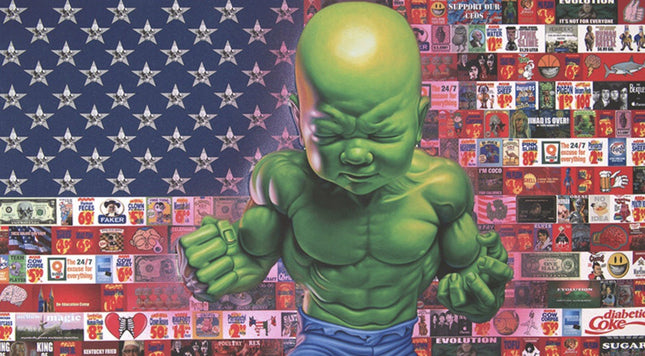
Ron English All-American Temper Tot HPM Embellished Giclee Print by Ron English
All-American Temper Tot Artwork Giclee w/ HPM Airbrush Spray Paint Embleshment Limited Edition Print on Fine Art Paper by Pop Culture Graffiti Artist Ron English. Hand-painted multiple with airbrush spray embellishment around the Hulk-like Temper Tot. Created to celebrate the mural that Ron created on the Houston Bowery Wall in NYC.
$394.00
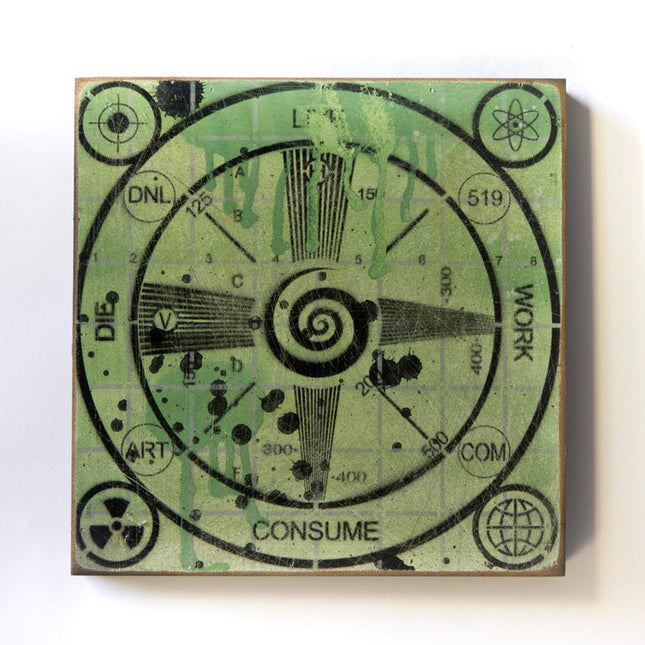
Denial- Daniel Bombardier Live. Work. Consume. Die. 49 HPM Wood Stencil Print by Denial- Daniel Bombardier
Live. Work. Consume. Die. 49 Limited Edition Hand-Embellished Stencil, Spray Paint & Acrylic on Cradled Wood by Denial Graffiti Street Artist Modern Pop Art. 2015 Signed Limited Edition of 55 Artwork Size 12x12 "I have a fascination with television test patterns, there is something kind of apocalyptic about them. Like if you were ever seeing one then something terrible was happening. I also put some messaging in this piece that relates to what I believe is the true messaging in most television ads. Live, work, consume, die is really what TV is telling you to do, be it subliminally or not." - Denial Denial has evolved as one the most prominent figures of contemporary pop artists, who nonetheless, continue to stay relevant and is interested in generating thought-provoking commentary. He has a long history of exploring the boundaries of appropriation, which he uses as a means of subverting the value of cultural products, imprinted in the collective memory of the Western civilization. His work, in other words, is inviting the viewer to re-imagine our dystopian society as a way of confronting it, with humor and irony as the biggest tools of the artist.
$2,290.00
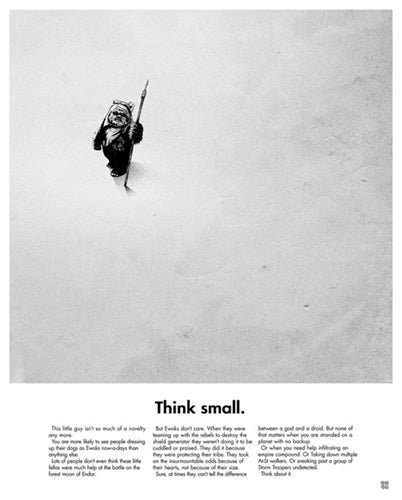
Justin VanGenderen Think Small Silkscreen Print by Justin VanGenderen
Think Small Artwork Screen-Print Limited Edition Print on Fine Art Paper by Pop Culture Graffiti Artist Justin VanGenderen. Justin VanGenderen " Think Small" (NYCC 2015 Exclusive) signed and numbered by the artist limited edition screen print only 250 copies made 16.5" x 20.5" Unframed: $35 More
$99.00








